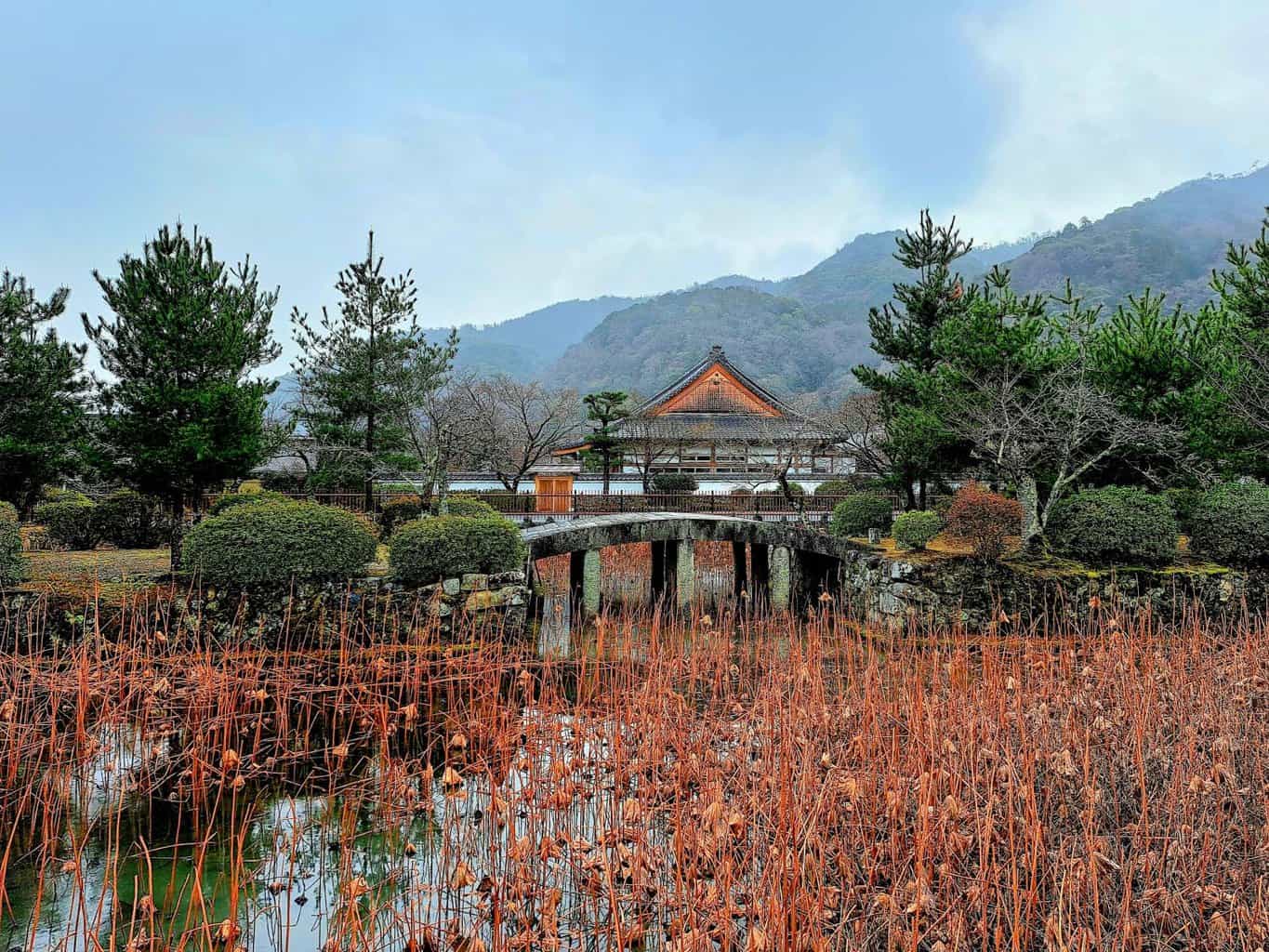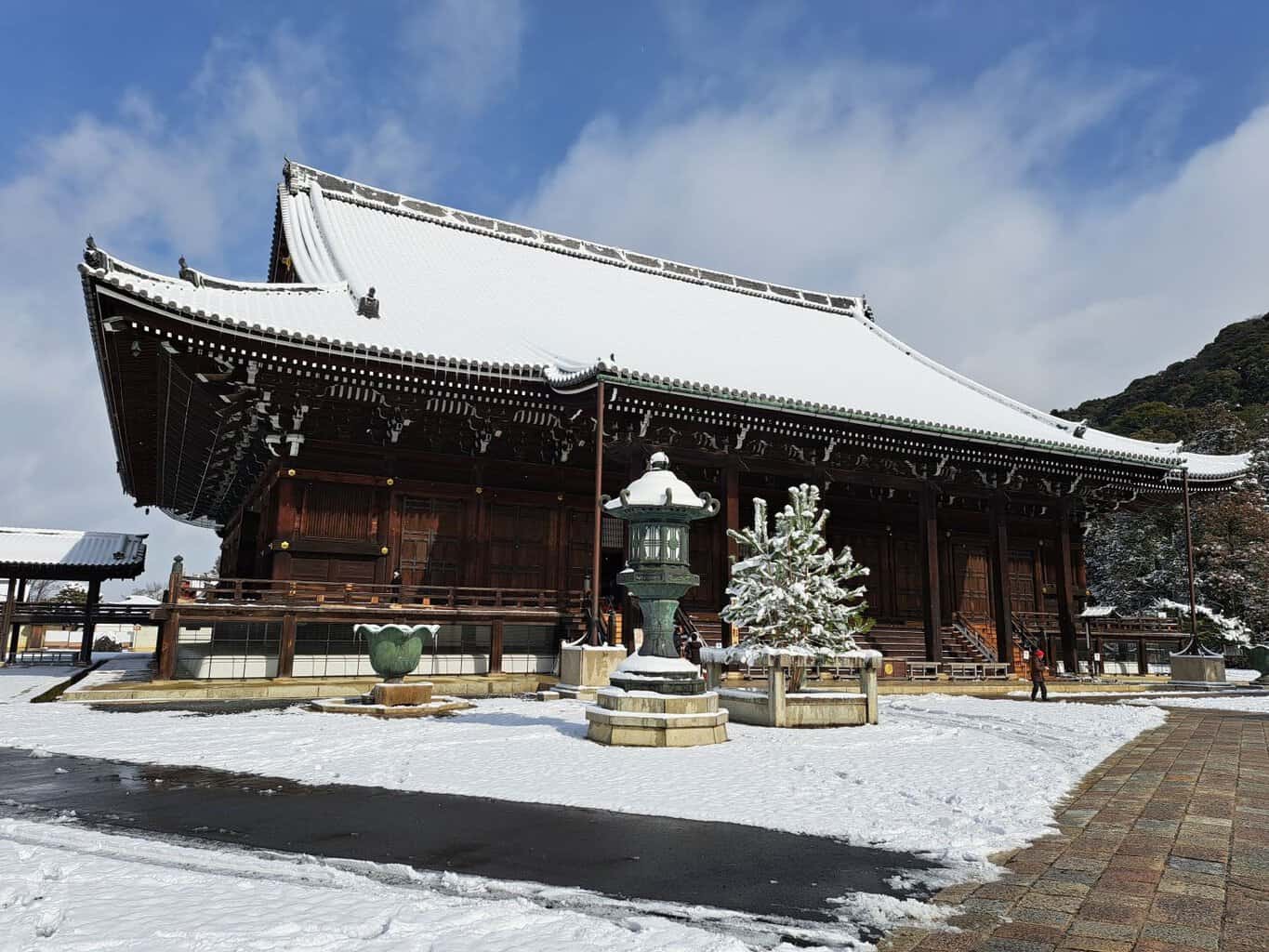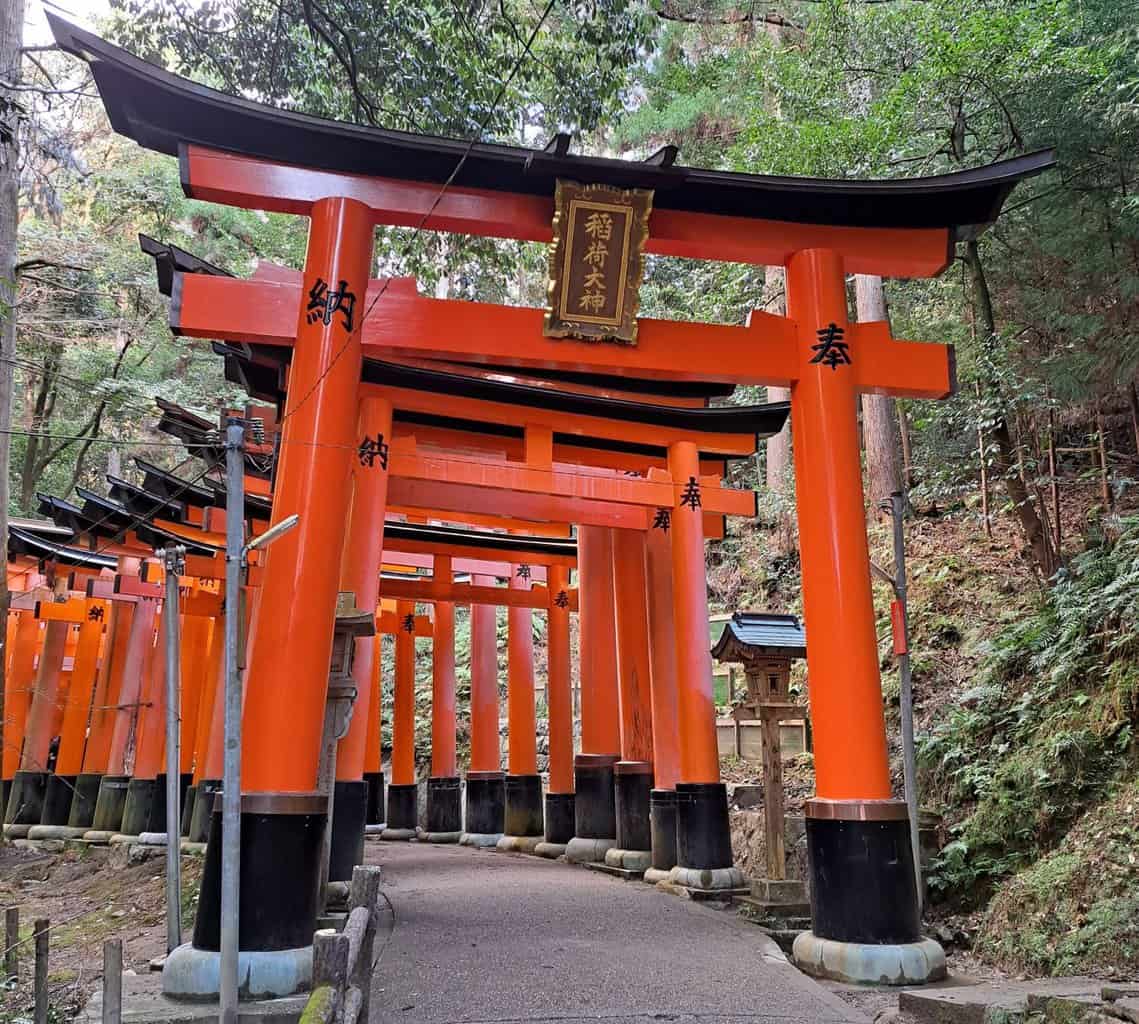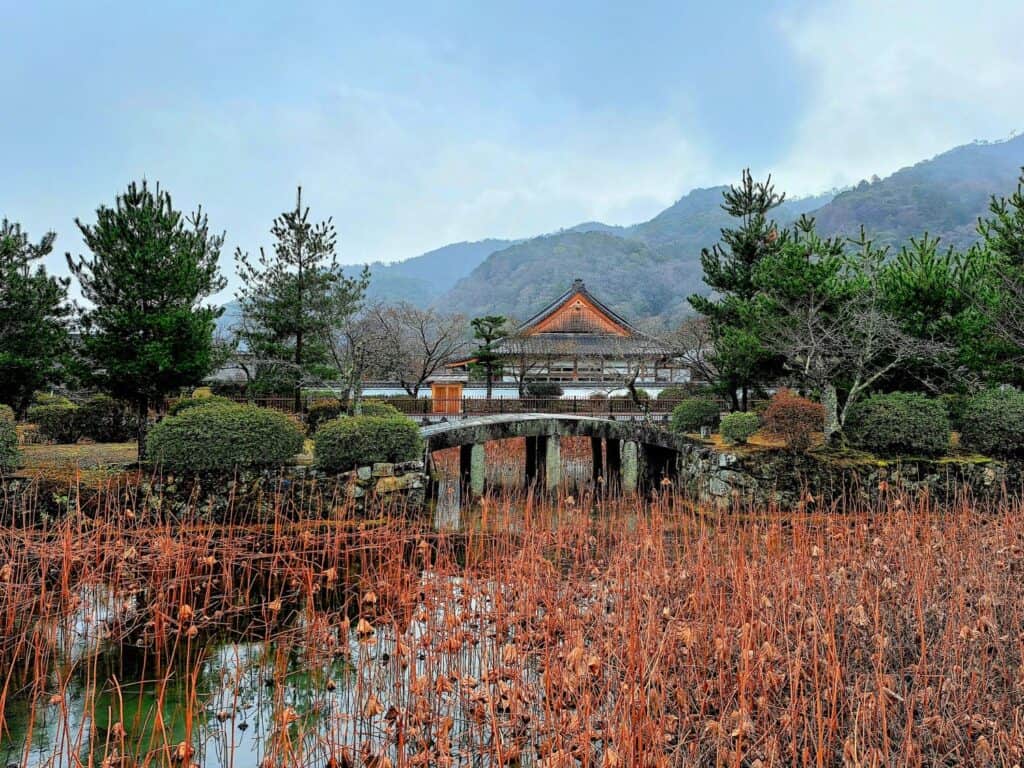
This post may contain affiliate links. I will receive a small commission if you use these links.
Planning a trip to Japan for the first time? In this post, I’ll cover 28 practical tips that you should know before visiting Japan…
I visited Japan for the first time in January 2023 and had the most amazing time. Over 3 weeks I travelled from Tokyo to Nagano (read this blog on how to visit the snow monkeys!). Then through to Hiroshima and back to Kyoto and Osaka. It is a beautiful country and very different to anywhere I have visited before.
As with any country, there are certain rules, traditions and cultural differences in Japan that are useful to know before you visit. With that in mind, I’ve put together a list of 28 practical tips which I wish I had known before visiting Japan for the first time. Need advice on how to use your Japan Rail pass (and whether getting a Japan Rail pass is worth it!)? Or want to know the general dos and don’t of being a tourist in Japan? Read on!
Contents
28 practical tips you should know before visiting Japan for the first time
1. Don't eat or drink whilst walking or on public transport in Japan
One of the number one rules that foreigners visiting Japan should know about before visiting the country is the culture around eating and drinking in public.
In Japan, it is considered rude to eat or drink whilst walking or using public transport. You will notice there are rows of drink vending machines down almost every street in Japan, especially in large cities. It is expected that you will have your drink whilst standing next to the vending machines, then utilise the bins provided for the empty can or bottle. Obviously, you can take your drink with you, but try not to drink whilst walking, and instead, step to the side.
Although it’s always polite to follow the customs of the country you are visiting, the rule around drinking and walking is a bit relaxed. Although most people do follow this rule, you will see several people with a coffee in hand, especially the younger generation.
However, eating and walking is still a big no-no. (As is eating and drinking on public transport, like the bus or metro). There are many great street food stalls and takeaway kiosks in Japan and it is socially acceptable to stand to one side, close to the vendor to eat. Often, if there is a street with several takeaway kiosks or street food stalls, the rule is more relaxed and you will see several people standing to one side eating. There may even be a designated ‘eating area’ provided. The same rule applies if you get something to eat from a convenience store. It is usually acceptable to discreetly stand outside of the store whilst you eat.
2. Smoke only in the designated smoking areas
Another rule that might surprise visitors coming to Japan for the first time is the attitude around smoking in public. You can’t smoke anywhere on the street in Japan, especially whilst walking. Instead, you must use the designated smoking areas on the street. These look like bus shelters and can get quite busy. I even saw people queuing to get into a smoking shelter! Surprisingly, you can smoke inside certain restaurants and Izakaya bars though.
3. Take your trash with you
Japan is one of the cleanest countries I’ve been to and they like to keep it that way. (Which is the main reason they don’t like you to eat, drink or smoke whilst walking). The only downside of this is that there are hardly any rubbish bins. This means that you have to carry your rubbish with you. Not ideal if you are planning on spending the entire day out.
There are usually rubbish bins in the train and metro stations and occasionally you may find one near the vending machines. (Though usually these are just for recycling bottles or cans). One of my top tips for visiting Japan is to bring a small plastic bag out with you to put your rubbish in. This will make it easier to hold onto until you find a bin to dispose of it.
4. Eating on the Shinkansen is allowed
Not to cause confusion, but whilst it is frowned upon to eat or drink on the local buses and trains in Japan, you can eat on the long-distance Shinkansen trains. In fact, it is actively encouraged! You will find many stores in the train stations selling bento boxes to take with you on your journey.
5. Don't talk on the phone on the trains
Another top tip for visiting Japan to avoid getting glares from other passengers! It is considered impolite to talk on the phone, or have loud music playing whilst on the trains and buses in Japan. Make sure that you use headphones whilst listening to music. If you need to make a call whilst on a Shinkansen, move to the area between the carriages where the doors are.
6. Do your research to work out if you need to buy a Japan Rail (JR) Pass
The big question all travellers ask when visiting Japan: ”Do I need a Japan Rail (JR) Pass?”. Well, this really depends on where you are travelling within Japan and for how long for. If you are only visiting one or two places in Japan, a JR Pass might not be value for money. It may be cheaper to buy tickets individually. However, if you are travelling to 4 or 5 different areas including long-distance travel, the JR pass may work out cheaper. You can buy 7-day, 14-day and also regional passes.
To know what is best for you, spend a little bit of time working out how much each train journey would cost (roughly) if you purchased individual train tickets. You can do this easily and quite quickly using google maps to plan your journey as it will give you an estimated journey cost. Or, to be more accurate, you can check each individual local area train provider and add up the total cost that way. Check out the Official Japan Rail Pass website for more information.
Personally, for my trip, it worked out better to purchase a 14-day JR Pass. This was because we travelled to 5 different areas within central Japan from Tokyo to Osaka.
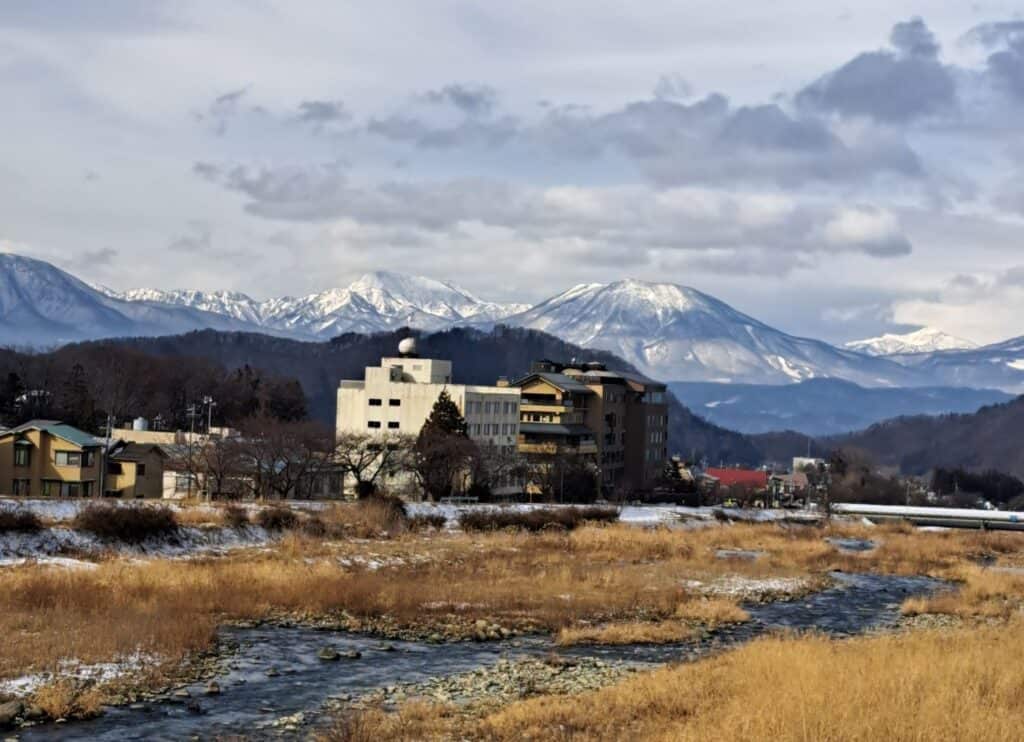
7. You need to purchase your JR pass before you arrive in Japan
If you only take one tip away from reading this blog, make sure that it is this… If you do decide to buy a JR pass, you need to purchase it before you arrive in Japan. There are six approved online providers who are authorised to sell the JR Pass. Some of them will post a voucher to your home address. You will then need to remember to bring the voucher with you to Japan and exchange it for a ticket at a JR ticket desk in the train station.
If you purchase your JR Pass from the Official Japan Rail Pass website, you don’t need to worry about remembering a physical voucher. Instead, you will receive an order summary with a code by email, which you can just show at the ticket desk in order to collect your JR Pass. With either method, you must bring your passport to the ticket office when collecting your JR Pass. Copies and photos of your passport are not accepted. You must have a temporary visa stamp in your passport in order to pick up your pass, so make sure you receive this at immigration when arriving in Japan.
8. The JR Pass is not valid on the Nozomi or Mizuho Shinkansen
One of the experiences visitors like to tick off their list whilst in Japan is riding on one of the infamous bullet trains, known as the ‘Shinkansen’. Whilst you can use your JR pass on most Shinkansen trains, you are not able to use it on the Nozomi or Mizuho trains.
Unfortunately, the Nozomi and Mizuho trains are the fastest and most direct trains on the okaido and Sanyo Shinkansen lines. Therefore, if you are travelling along this route, you will need to catch one of the other Shinkansen trains. These are usually not direct and are less frequent, so you may not be able to get the train time you want. Make sure that you do your research and plan for longer travel days in this instance.
9. You can use your JR Pass on some local trains, buses and ferries
This is one of the best tips for visiting Japan with a JR pass!
Although the JR pass is mostly used for long-distance train travel, you can also use the pass on some local transport. When I researched the best way to get around Tokyo, most of the advice was to purchase a Suica card. With a Suica card, you can just tap through the gates on the local trains and metro and add credit when it runs out. However, once in Tokyo, I found that there were several local train lines which were operated by Japan Rail. This meant that my JR pass was valid on them. The local JR services can be used to get around the neighbourhoods of Tokyo. It can only be used in other major cities such as Kyoto, Osaka and Hiroshima.
It is worth noting that the train stations which run the local JR train service are often slightly further away from the main tourist sights, meaning that there is a short walk. As I was visiting Japan on a budget, this was the best option for me. For any location I wanted to visit where the local JR service did not reach, I simply purchased a one-time train or metro ticket, which was incredibly cheap.
The JR pass can also be used on some local buses and also ferries, such as the ferry between Hiroshima and Miyajima Island. Check with the visitor information desk at the transport stations for more information on where you can use your JR pass.
Apart from the initial cost of purchasing the JR pass, travelling in Japan is much more budget-friendly than I had expected.
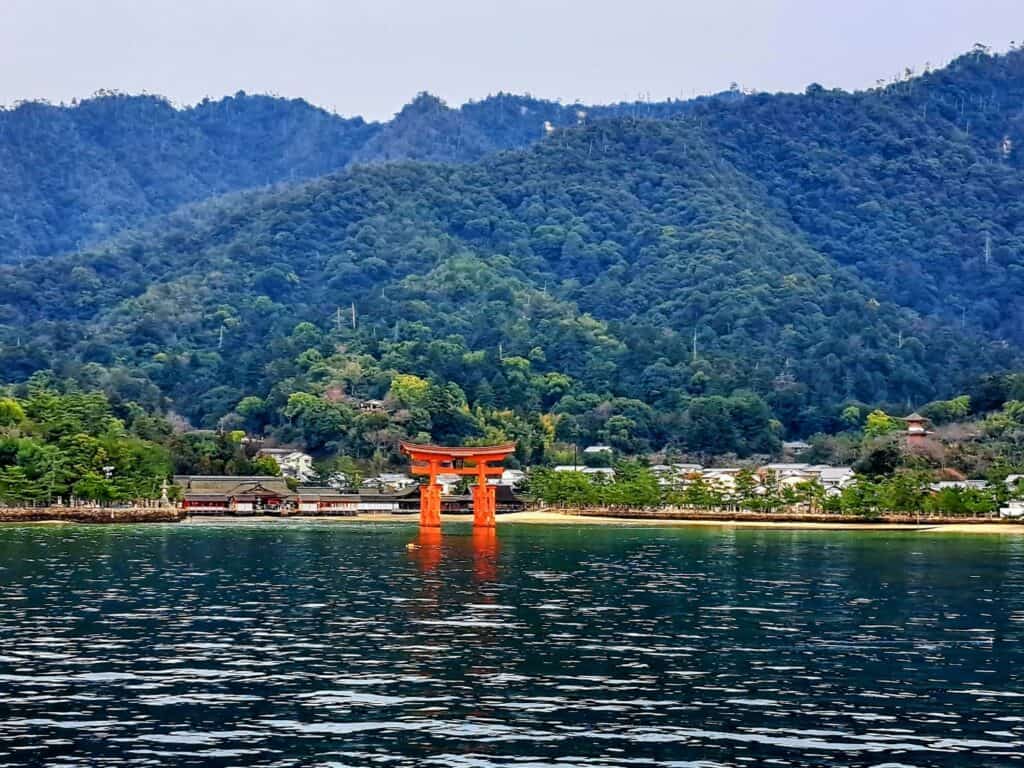
10. Make use of the Tokyo Metro
If you are visiting Tokyo, the best way to get around the city is via the subway network. (Although, if you have a JR pass, it is better to utilise the local Japan Rail services where possible in order to really get your money’s worth from this). The subway is very easy to navigate and most of the signs, machines and announcements are also in English.
As I mentioned above, you can purchase a Suica card if you plan to be in Tokyo for a while and want the convenience of just topping up the card. However, if you are only in Tokyo for a couple of days, you can purchase a subway ticket which is valid for 24, 48 or 72 hours. These tickets are valid only on the Tokyo metro or Toei Subway lines. Once you’ve purchased it online, you can exchange it for a physical ticket at any subway station in Tokyo.
11. Japanese people are very good at queuing!
We often joke in Britain that we love a good queue, but the Japanese put us to shame in regard to their ability to form an orderly queue! This is particularly present when waiting to board a train. You will notice lines painted on the floor to indicate where you should stand and queue whilst waiting for the train to arrive. If you are waiting for a Shinkansen, they have numbers painted on the floor along the platform to indicate where you should queue for each carriage number, which is rather helpful! The whole system is incredibly organised and very polite.
Another place you will see people queuing is popular cafes and restaurants. Japanese people will think nothing of waiting patiently outside a cafe or restaurant, even in the cold in order to get a seat at a popular dining spot.
Basically, the general rule is if you see the locals queuing, then you need to queue too!
12. The language barrier is not as intimidating as you might expect
Many people are nervous to visit Japan due to the language barrier. English is not widely spoken in Japan (compared to other Asian countries you might have visited), however, they are incredibly helpful and welcoming. Getting around in Japan is so easy. Not just because their transport system operates with military precision, but also because they have really considered foreign visitors. Many of the signs and announcements are in English, as well as Japanese, and the ticket machines have many language options available to select.
Some restaurants do have an English menu, however, if you dine in the more local Izakaya bars, you are much less likely to find any English here. Don’t let that put you off though, just make sure that you download an offline version of Japanese on the google translate app before you go out for the day and you will be fine.
The Japanese people are incredibly patient whilst you translate the menu with your app. In fact, translation apps are widely used by both visitors and locals in order to communicate with one another.
13. In Japan, it is acceptable to call the server for attention when dining out
If you sit and wait for a server in a cafe or restaurant to come over to take your order, then you’ll be waiting a while! In Japan, it is perfectly acceptable to raise your hand and call “sumemasan” (excuse me!) to get the attention of a server. This is one of those tips that I wish I had known before visiting Japan! I sat waiting patiently for someone to come over for quite a while before noticing locals with their hands raised!
It is also common to pay your bill at the cashier desk as you leave the restaurant, rather than with your server.
14. Learn some basic Japanese phrases
I always encourage people to learn a few basic phrases in the local language when visiting a different country. Japanese is a very difficult language to learn, but even just learning some basic phrases is useful. Try learning ‘Hello’ (Konnichiwa), ‘Thank you’ (Arigato) or ‘Thank you very much’ (Domo arigato gozaimasu) at the very least. If you can also try ‘Can I pay please’ (Shiharai dekimasu ka), this goes a long way to show respect and be polite.
You’ll probably pronounce it wrong and need to get your Google translate app out to try again, but it’s ok! You’ll all have a giggle about it and they will appreciate that you tried.
15. Public wifi is widely available in most areas of Japan
Japan has a great wifi network. You will find that most public areas have great free wifi that you can access, especially when you are in larger towns or cities. Wifi is available in hotels, airbnbs, train stations, restaurants and on board the Shinkansens. There is even public wifi outside in some areas. Unless you need constant access to the internet for work, you can probably get away with just using public wifi for a short 2-3 week trip. Having said that, it is wise to download an offline version of Google maps to help you when travelling around. I would also download the offline google translate Japanese dictionary and any confirmations for your accommodation or transport in case you are not able to get online.
If you do need constant access to the internet, you can purchase ‘pocket wiif’ internet packages online quite easily through sites like Klook.
16. Cash is still widely used in Japan
Although Japan is often seen as being at the forefront of technology, cash is widely used (and sometimes preferred) as the main method of payment. When paying with cash, do not hand the money over, as this is considered impolite. Instead, simply place the money on the tray provided. Your change will also be placed on the tray for you to collect.
The best place to withdraw cash in Japan from a foreign bank account is at the 7/11 atm machines. These machines do not charge withdrawal fees (although, check with your bank as they may charge their own withdrawal fee).
As a side note – always withdraw money in the local currency as this will be better for the conversion rate. Also, use a bank card which has good exchange rates for spending abroad. Starling, Revolut and Monzo are all popular with regular travellers for this reason. Personally, I use a Starling card for travelling and I only top up a small amount of money onto the card at a time. This way, if the card was to get lost or stolen, it doesn’t have a large amount of money on it.
17. Tipping is not part of Japanese culture
If you leave extra cash as a tip when paying a bill, they will often chase you down the street with it – thinking you have left it behind accidentally! (I witnessed this twice whilst I was there!)
18. Japan is not as expensive as you might think
Japan is one of those countries that many perceive to be expensive. However, you’ll be pleased to know that travelling in Japan is actually quite affordable. It is even possible to visit Japan on a budget!
(Planning an extended trip? Check out my blog on how to budget for full-time travel and download my free travel budget template)
There is an abundance of accommodation options in Japan, ranging from budget hotels, ryokans (traditional Japanese guesthouses) and hostels, to apartments and luxury hotels. Even in Tokyo, we found this really nice inexpensive guesthouse, just outside of Shinjuku. With so much choice, you are bound to find something that fits your price range. Eating out in Japan is very reasonably priced too, depending on where you eat. As you might expect, eating in the local bars and restaurants (known as Izakaya) will be much cheaper than the larger, more westernised places. But even a Starbucks coffee won’t set you back that far if you’re desperate for your familiar caffeine fix!
The most expensive part of visiting Japan is using the long-distance trains. Whether you purchase a JR pass or buy individual tickets, you can expect to pay a hefty amount on the journey. However, in contrast to that, the local trains and buses are very reasonably priced and it is much cheaper to use the metro in Tokyo for the day than it is in London.
19. The 7/11’s in Japan are infamous!
You might have seen videos on TikTok, Youtube or Instagram of the inside of a Japanese 7/11 – they are pretty popular with travellers – especially those visiting Japan on a budget. If you’ve travelled in Thailand, you’ll know how popular the 7/11’s are there, especially for the toasties! (If you know, you know!). But the 7/11’s in Japan are on another level. You can get almost anything in the 7/11’s in Japan – from cosmetics, domestic items, snacks, full meals, hot drinks and alcohol.
Although buying food from 7/11 can help keep your costs low, it is not always the cheapest option. The local Izakaya bars can be better value, so just bear this in mind.
20. Chopstick etiquette
If, like me, you’re not used to eating with chopsticks, the thought of having to use them in a restaurant full of experts can be daunting! But actually, no one cares and no one is really watching you. But, here are a couple of things you should remember about eating with chopsticks and Japanese food etiquette in general. Never point or gesture with your chopsticks as it is considered rude. Place your chopsticks on the plate/tray provided in between eating. Food is often shared in Japan, so use the small plates provided and bring the plate to you, rather than leaning down to the table to eat. When eating noodles or soup, it is acceptable to slurp, so slurp away!
21. You might have to pay extra for your towels
Charging extra for renting a towel is quite common in Japanese hotels and hostels on the budget end of the price range. Having said this, you often do get some amenities for free, such as toothbrushes, hairbrushes, soap and even pyjamas in some places! Though the cost of renting a towel is quite reasonable, it’s just something to be aware of beforehand.
22. You may have to pay for luggage storage at your accommodation
Another common charge that some hotels and hostels enforce is a fee for luggage storage. Check-in is usually around 3pm or 4pm, so if you want to drop off your luggage before then, you may have to pay. Again, the fee is quite small, and they usually inform you of this beforehand.
23. Most train stations have secure lockers
If you arrive in a new place before you are able to check in with your accommodation, it might just be easier to store your luggage at the train station, especially if your hotel or hostel does not offer luggage storage. Coin and card lockers in various sizes are available at almost all train stations.
24. Remove your shoes when entering your accommodation
If you have travelled in Asia before, you will be familiar with removing your shoes when entering your accommodation, and it is no different in Japan. Most hotels, hostels and guesthouses will ask you to remove your shoes and will provide you with slippers to use in your room and shared areas
25. Clothing is not allowed when bathing in the onsens
Onsen (natural hot tubs) is a big part of Japanese culture, especially in the mountainous areas of the country. It is a lovely way to relax at the end of the day, especially if you’ve done a lot of walking whilst sightseeing.
Many traditional guesthouses and hotels have their own onsen. There are also plenty of public onsens you can use. Clothing is not allowed when bathing in an Onsen, therefore there are separate onsens for males and females.
Don’t like the sound of sharing a hot tub with a naked stranger? You can also hire a private onsen as a couple or family.
26. Tattoos are not widely accepted
Traditionally, tattoos are not accepted, and although the younger Japanese generation are becoming more accepting of tattoos, it is best to keep them covered. It is also worth mentioning that if you want to use an onsen, most will not allow you to enter if you have tattoos (if you are using your hotel onsen, you may find that they make an exception for you).
27. It is polite to bow
Bowing is a very important part of Japanese culture. There are certain rules and etiquette around the use of bowing in different situations. Most frequently, Japanese people will bow as a way of saying thank you, by placing their palms together and slightly bowing their heads. As a sign of respect, it is polite to reciprocate this greeting. If you are unsure, simply hold your head forward and slightly down when saying thank you, or nod slightly.
28. Don’t try to fit too much into your itinerary
Japan is a big place and with so much to see and do, you ideally need 2-3 weeks to fully explore. This time will allow you to visit a few of the main places in Japan, taking in a mix of city, nature and mountains. If you have less time than that, my advice would be don’t try and fit too much into your itinerary. Although travelling between places in Japan is easy due to the great train network, it can still be tiring and eat into the time you have for sightseeing. Therefore, if you are short on time, it is best to select 1-3 places and explore them fully, rather than rushing around trying to see snippets of everything.
If you’re planning a trip to Japan, read my 3 week Japan itinerary here – this itinerary is perfect for first time visitors to Japan, taking in the highlights.

